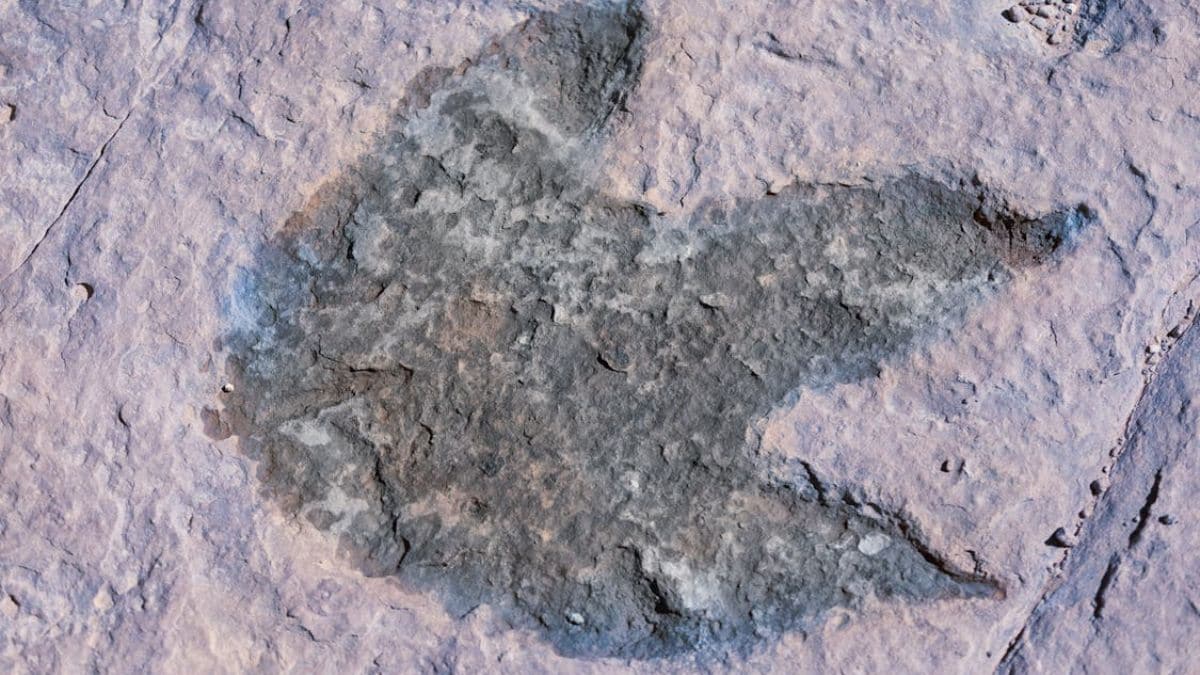A remarkable discovery of dinosaur footprints has reportedly been made at Dewars Farm Quarry, Oxfordshire, marking the largest site of its kind ever found in the UK. More than 200 massive tracks, estimated to be 166 million years old, have been uncovered, offering insights into the movements of ancient creatures, as per the report. These footprints are said to be imprinted on a limestone surface, include tracks attributed to a long-necked sauropod, believed to be Cetiosaurus, and the carnivorous Megalosaurus. Some trackways extend up to 150 metres, with potential for more footprints to emerge upon further excavation.
Findings and Research
As reported by BBC, the footprints were first identified by Gary Johnson, a quarry worker, who observed unusual ridges while operating heavy machinery. A closer inspection revealed repeating patterns consistent with dinosaur tracks. This prompted a large-scale excavation involving scientists, students and volunteers during the summer.
Emma Nicholls, vertebrate palaeontologist at Oxford University Museum of Natural History, told BBC about the clarity of the three-toed prints, which are thought to belong to Megalosaurus. These creatures, known for their agility, were prominent predators in the Jurassic period, measuring up to 9 meters in length. Tracks linked to sauropods, which were herbivores spanning up to 18 metres, were also identified, resembling oversized elephant footprints.
Preservation and Study
Researchers believe the tracks were preserved by a sudden natural event, possibly a storm, which buried them under sediment. This allowed the footprints to remain intact over millions of years. Detailed analyses, including 3D modeling and casting, have been undertaken to document the site thoroughly.
Prof Richard Butler, palaeobiologist at the University of Birmingham, told the publication that such trackways offer unique insights into the behavior and environment of prehistoric animals, complementing fossil records. Collaborative efforts with the quarry operators and conservation groups are ongoing to explore preservation options.
With additional footprints potentially waiting to be uncovered, this site remains a significant find, providing a tangible connection to Earth's distant past.


